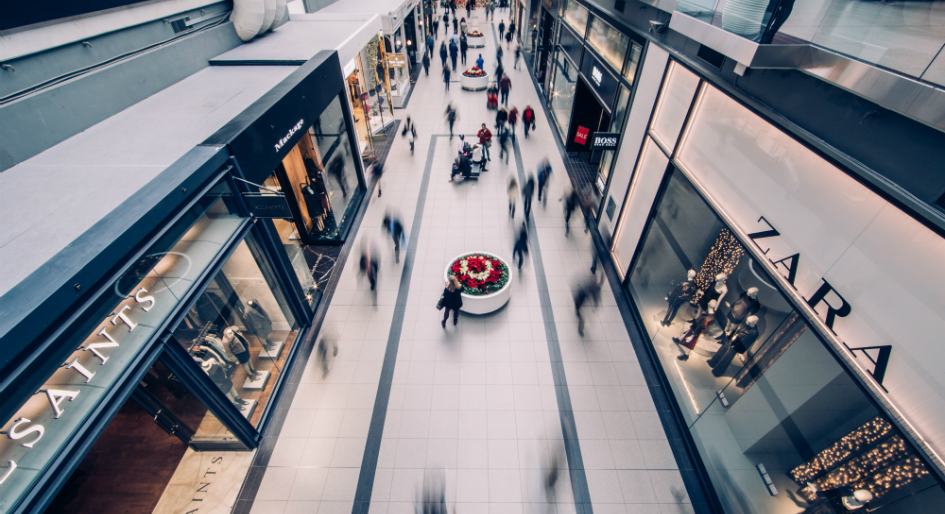Canada ranks second in the world for LEED-certified retail projects reveals the U.S. Green Building Council’s LEED in Motion: Retail report. As of May 2019, 3,863 retail spaces are certified worldwide, 604 of which are in Canada.
“These days sustainability is embedded in every part of our daily lives and the business world and retail sector are no exception,” says Mahesh Ramanujam, president and CEO, U.S. Green Building Council and Green Business Certification Inc., in the report’s forward.
“Increasingly, companies recognize that addressing these challenges will require implementing meaningful corporate social responsibility plans.”
In order to meet the increasing demand on the commercial real estate industry to apply sustainable practices to greener design, construction and operations LEED-certified retail projects implement:
Energy management
Alessandro Bisagni, founder and president, BEE Incorporations suggests retailers implement and use smart indoor air quality and energy monitoring solutions to track the performance of their buildings. This way retailers lower demand for energy in their spaces by employing strategies to reduce usage, designing for efficiency and supplementing the energy supply with renewables. Other energy management strategies include optimized energy performance, advanced energy metering, tenant-level energy performance and refrigerant management systems.
Water Efficiency
Retail facilities can drastically cut down on water consumption by addressing indoor and process water usage for fixtures and appliances, accounting for unique floor plans and occupancy calculations as well as water metering. Appliance and process water use addresses water conservation uses in areas where significant water savings can be employed and recognized.
Green building and materials
Retailers are encouraged to use products and materials for which life-cycle information is available and that have environmentally, economically and socially preferable life-cycle impact. Storage and collection of recyclables aim to reduce waste that is generated by building occupants, and subsequently hauled to and disposed of in landfills. Furthermore, tenant-space long term commitment encourages choices that conserve resources and reduce environmental harm from the production and transport of materials associated with tenants’ relocation. Frequent tenant turnover entails major remodelling and replacement of materials before the end of their useful life.
Health and well-being
Retail projects that prioritize good indoor environmental quality – including enhanced indoor air quality (IAQ) and thermal, visual and acoustic comfort – help protect the health and well-being of employees and customers alike. High-Quality interior lighting can also improve comfort and productivity by reducing or eliminating distraction, creating visual interest and a sense of place, and supporting occupant interaction and communication.
Location and site
LEED also encourages retail projects to consider compact development, alternative transportation and connection with amenities, as well as the vital relationships between buildings and ecosystems.
To learn more about sustainability in the retail industry access the LEED in Motion: Retail report.






